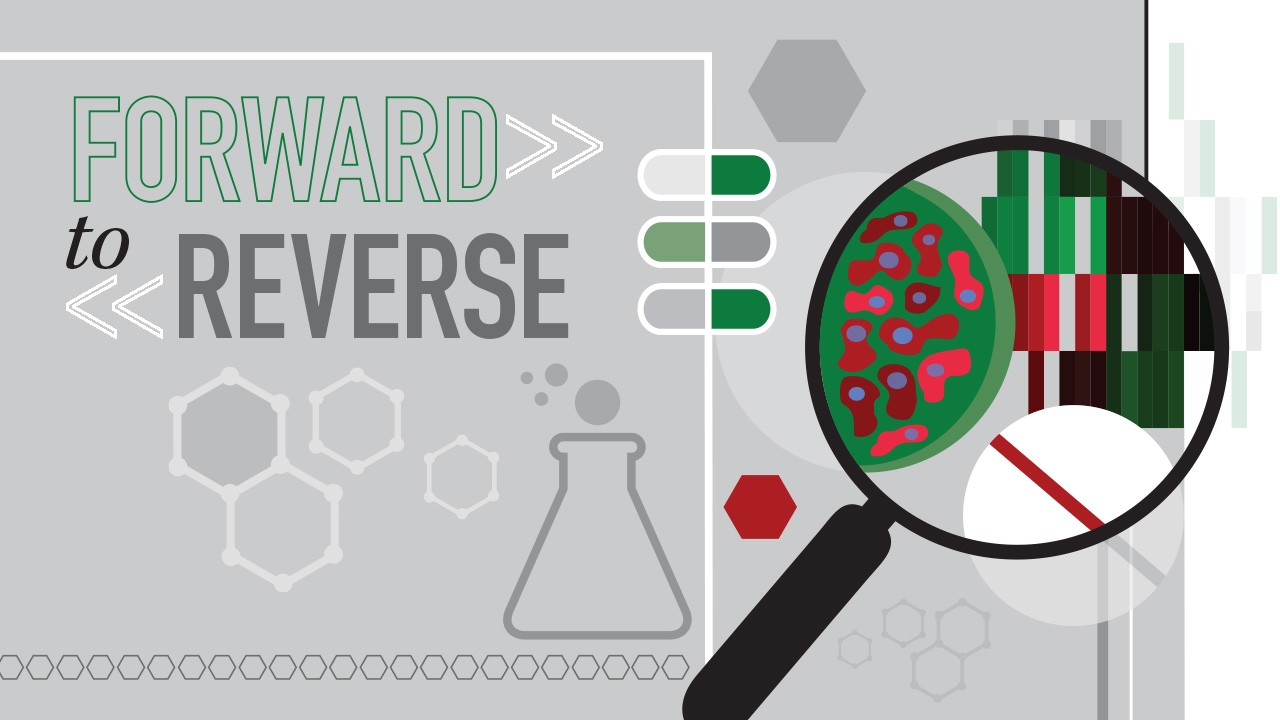Anath Shalev, M.D., has been waiting for this day for a long time. A dozen years ago, she discovered that high blood sugar—a hallmark of diabetes—sends one gene into overdrive. It’s the gene, located in the insulin-producing beta cells of the pancreas, that produces TXNIP (thioredoxin-interacting protein), which normally is not harmful for the body. But what happens when the excited gene releases a flood of it?
Shalev and her research team followed the TXNIP trail and found the answers—which now could hold the key to breaking the diabetes epidemic. The UAB Comprehensive Diabetes Center (CDC) has just launched a landmark trial of a drug shown to completely reverse the disease in animal models. They want to determine if the medication, the common blood-pressure drug verapamil, has the same effect in humans. The study is supported by a three-year, $2.1-million grant from the JDRF. (Follow Shalev's 12-year trail of discovery in a story from the UAB Mix.)
 Anath Shalev (right) and her research team, including Junqin Chen, Ph.D. (left), will begin testing a common blood-pressure drug that has the potential to reverse diabetes.
Anath Shalev (right) and her research team, including Junqin Chen, Ph.D. (left), will begin testing a common blood-pressure drug that has the potential to reverse diabetes.A Bodyguard for Beta Cells
When TXNIP increases within the beta cells in response to diabetes, it can cause those cells to die, impacting production of insulin the body needs to control blood sugar and contributing to diabetes progression. But Shalev’s team also found that verapamil can lower TXNIP enough to prevent and reverse the disease in animal models—a discovery that literally had Shalev and the other scientists dancing with joy, she says. Even more promising, it can “reduce TXNIP in human islet beta cells, suggesting that it may have beneficial effects in humans as well,” says Shalev, UAB CDC director and principal investigator for the new trial. “That is a proof-of-concept that, by lowering TXNIP, even in the context of the worst diabetes, we can achieve beneficial effects. And all of this addresses the main underlying cause of the disease—beta cell loss.”
“Currently, we can prescribe external insulin and other medications to lower blood sugar, but we have no way to stop the destruction of beta cells, and the disease continues to get worse,” says Fernando Ovalle, M.D., director of UAB’s Comprehensive Diabetes Clinic and co-principal investigator. “If verapamil works in humans, it would be a truly revolutionary development.”

New Frontier for Treatment
Shalev says the UAB CDC trial is the first step toward a novel treatment approach. A total cure—an increase in beta cells that produces enough insulin so that patients no longer require insulin injections—is “extremely unlikely to happen in the current trial, especially given its short duration of only one year,” she says. However, the identification of the TXNIP gene as a new therapeutic target could open up an entirely new field for diabetes therapies. An active drug-discovery program that builds upon this breakthrough is currently under way in collaboration with the Alabama Drug Discovery Alliance, a partnership between UAB and Southern Research to foster the development of new treatments.
“We want to find new drugs—different from any current diabetes treatments—that can help halt the growing, worldwide epidemic of diabetes and improve the lives of those affected by this disease,” Shalev says. “Finally, we have reason to believe that we are on the right track.”
(Read the compelling story of a Birmingham woman who is participating in the trial.)
Take a closer look at the science behind the verapamil trial.
High Stakes
• Diabetes is the nation’s seventh-leading cause of death, according to recent federal government statistics.
• 12.3 percent of Americans 20 and older have diabetes, either diagnosed or undiagnosed.
• Another 37 percent have pre-diabetes, a condition marked by higher-than-normal blood sugar—up from 27 percent a decade ago.
• Diabetes raises the risk for heart attacks, blindness, kidney disease, and limb amputation.
• The disease cost the nation $245 billion in 2013, according to the American Diabetes Association.
• Discover UAB's clinical services for patients with diabetes and make an appointment.
• Learn more about research initiatives under way at UAB's Comprehensive Diabetes Center.


